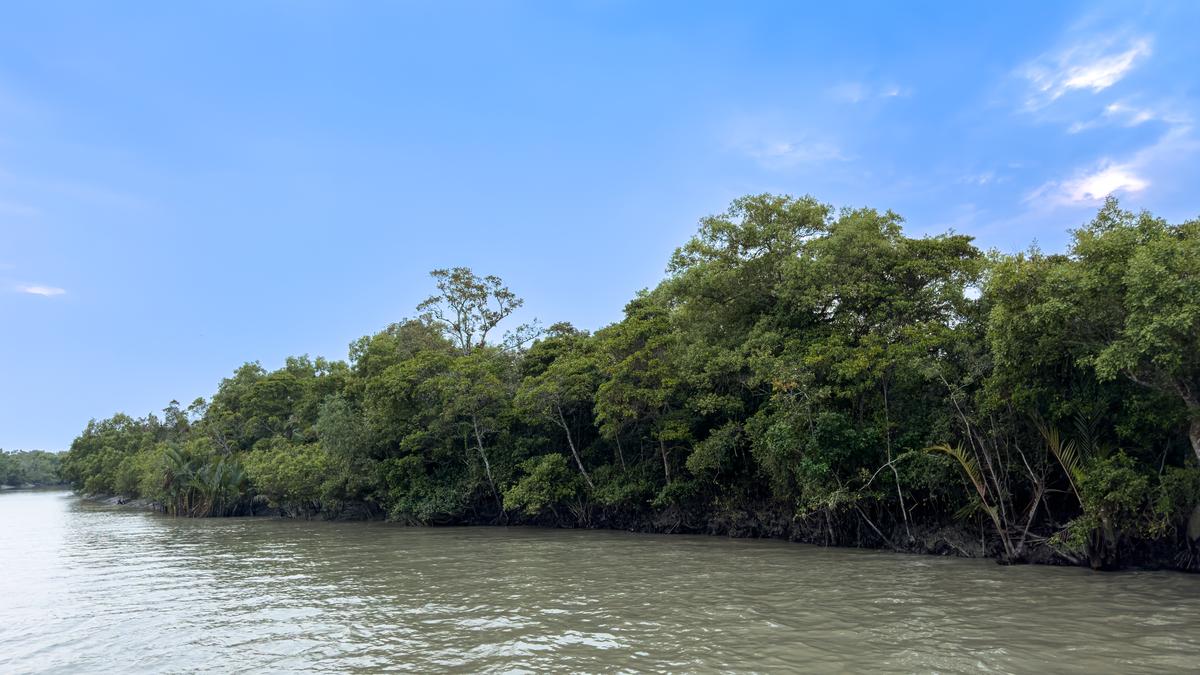Now Reading: Plastic-Eating Microbes Linked to Rising Antibiotic Resistance
-
01
Plastic-Eating Microbes Linked to Rising Antibiotic Resistance
Plastic-Eating Microbes Linked to Rising Antibiotic Resistance

Quick Summary
- Microplastic Pollution: Plastic waste breaks down into microplastics (<5 mm) and nanoplastics (<1 µm), persisting for decades, accumulating in water bodies, and attracting pollutants like heavy metals and antibiotics.
- Sundarbans Study: Scientists from IISER Kolkata studied microbes in the Sundarbans mangrove ecosystem, which receives 3 billion microplastic particles daily via rivers feeding the Bay of Bengal. they found microbes capable of degrading plastics but also carrying antibiotic resistance genes (ARGs) and metal resistance genes (MRGs).
- Research Details:
– DNA samples collected monthly (2020-2021) from Mooriganga estuary were analyzed using metagenomic sequencing.
– Researchers identified 838 plastic-degrading enzyme (PDE) genes targeting synthetic plastics such as PET,nylon,and PEG. Most enzymes also appeared during monsoon due to higher contamination influx.
- Findings:
– Strong co-occurrence of PDEs with ARGs and MRGs suggests similar selective pressures favoring their evolution.
– Microbes breaking down plastics could potentially spread ARGs through gene transfer facilitated by plastic surfaces.
- Outlook: While promising for natural biodegradation solutions to plastic pollution, deploying such microbial communities could exacerbate antimicrobial resistance issues.
Indian Opinion analysis
The IISER Kolkata study highlights India’s critical challenge of balancing environmental remedies with public health risks. The Sundarbans, a vital ecosystem within India’s borders, offers insights into adaptive microbial functions amidst severe microplastic pollution. On one hand, leveraging naturally evolved microbes to combat the issue is an encouraging prospect; on the other hand, their dual role as carriers of antibiotic resistance underscores unintended consequences that may affect public health initiatives against AMR-an already pressing global concern.
India’s focus on safeguarding fragile ecosystems like the Sundarbans must align with broader One Health frameworks that consider human-environment-microbe interactions holistically. This calls for cautious optimism about biological approaches while prioritizing rigorous assessment protocols to mitigate risks tied to resistance gene proliferation. Policymakers would need to integrate scientific findings into resource management strategies without compromising ecological or health security.






















